How can I improve my compaction? - HENGDA RIC
updatetime:2023-02-15 08:52:10 pageviews:325views
The very best way to improve soil compaction is to make sure it doesn't happen in the first place. Avoid tilling your soil when it is too wet or too dry. Also, don't till your soil more than once a year and, if you can, avoid tilling your soil at all. Keep foot and vehicle traffic to a minimum.
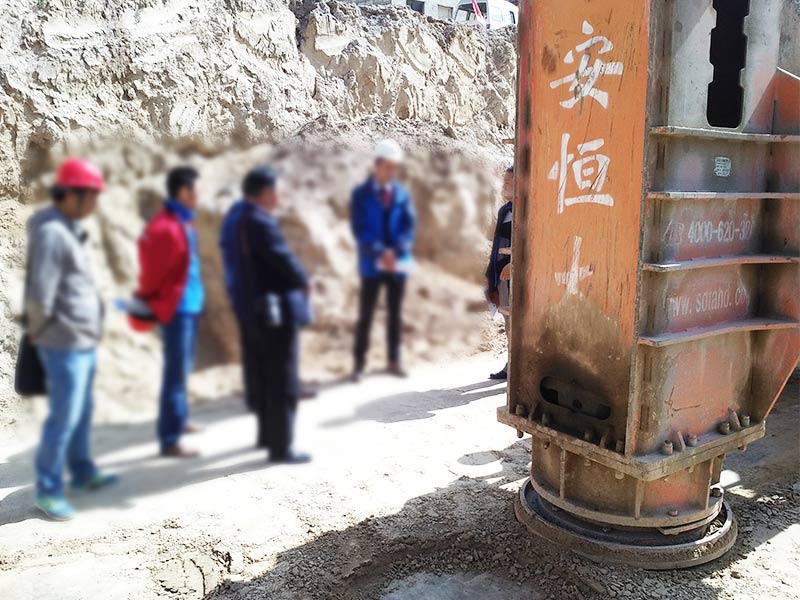
Most granular fills and some silts are compactable, The best results being achieved where the fill is well-graded particle size. An area of 800m² -16000m² can be covered in an average day (depending on the ‘blow-perposition’ setting.) This also allows time for routine maintenance and rotation of the special dolley pads located in the foot assembly which transfers the force of the blow through to the ground.
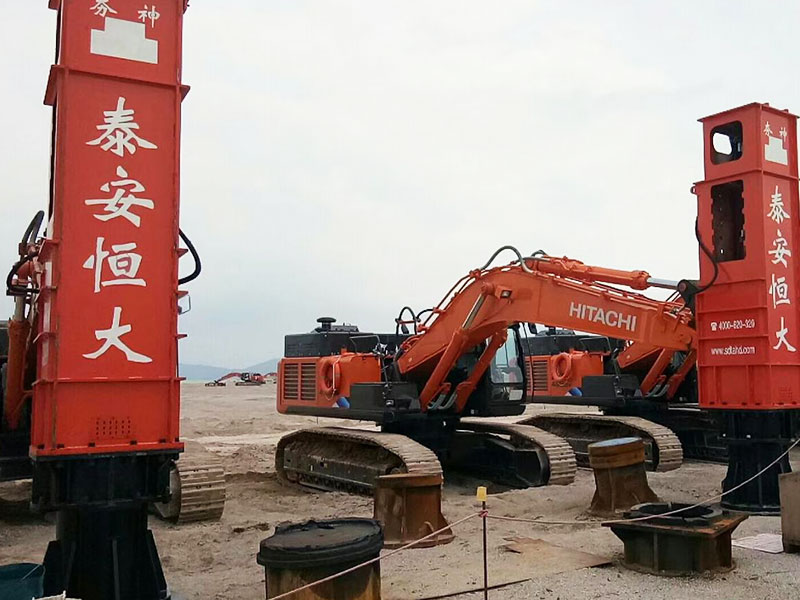
RIC increases the stiffness and shear strength of soils through the use of impact compaction effort. Specific benefits include:
Increases Standard Penetration Resistance – the standard penetration resistance (N-Values) of loose granular soil can increase significantly. In developing an RIC specification for a project the minimum target blow count for the performance required should be specified.
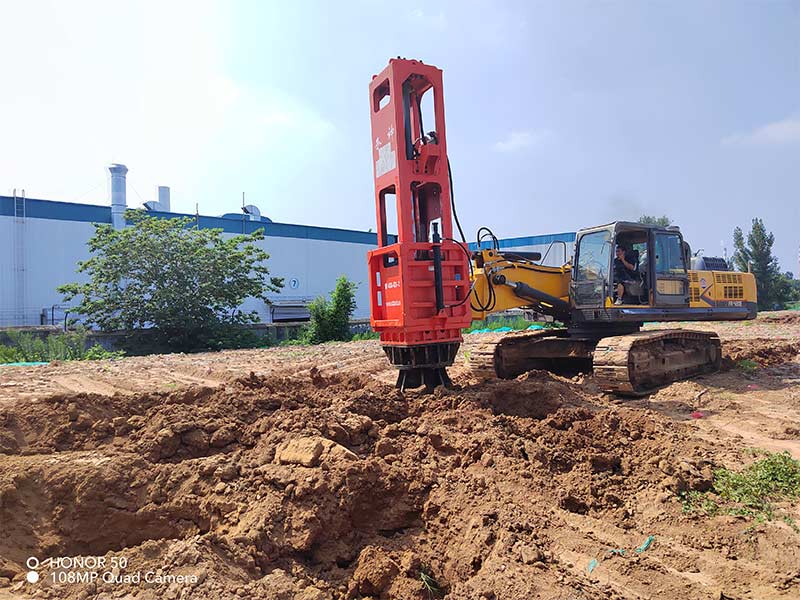
Use within 30 feet of a Building – Because Rapid Impact Compaction provides a low magnitude of impact loading at a very high frequency, the peak particle velocity remains relatively low (less than 2 inches per sec) at a distance of 30 feet from the source. This is different from Deep Dynamic Compaction which has a low frequency and a high magnitude of loading so vibrations are greater from DDC when compared to RIC.
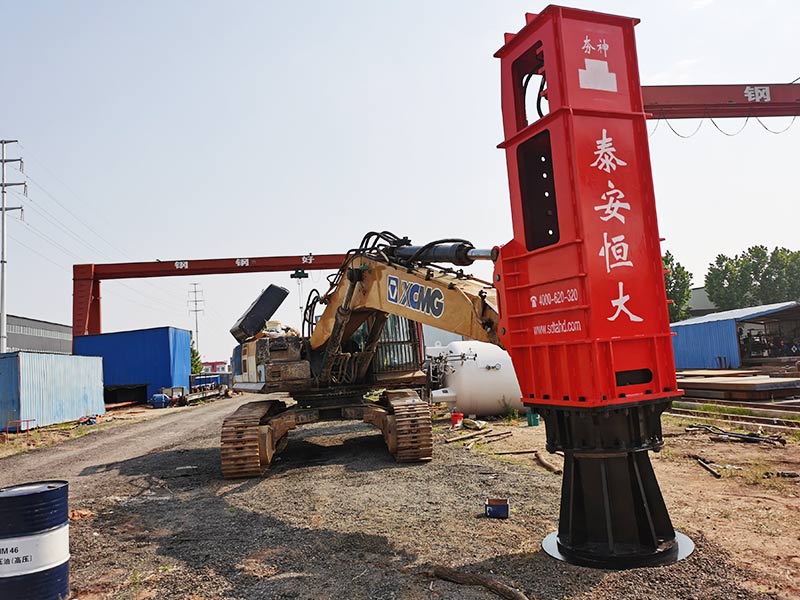
RIC is a process where loose subsurface soils are improved using an excavator-mounted 7.5 ton hydraulic hammer. The hammer is rapidly raised and lowered onto a 1m diameter plate, which densifies the soil, in-place, without the need for undercut and replace. The average compaction point is hit 40-90 per minute.
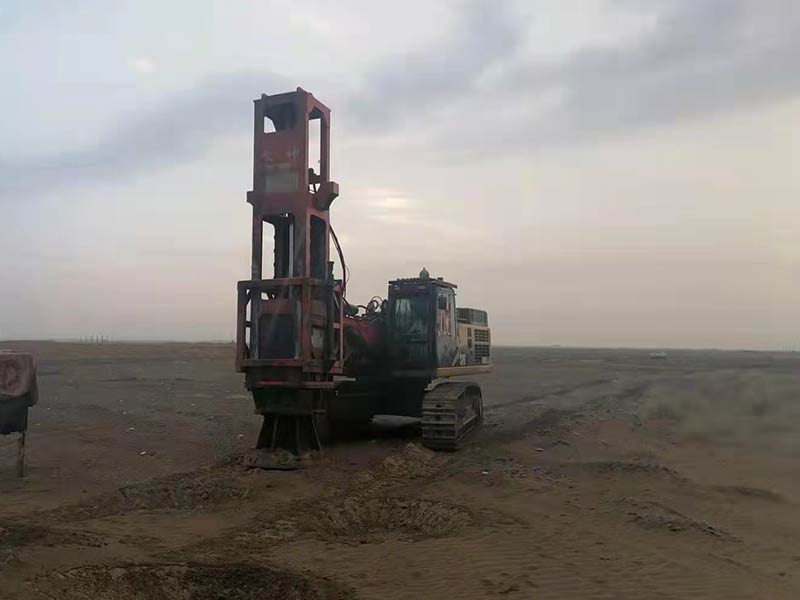
One advantage of RIC is that the drop height and number of blows can be varied based on the soil conditions. Through a test program, we will work with the Geotechnical Engineer of Record (GER) to determine the appropriate improvement criteria and RIC set-up for various areas of the site. For a site with a mixed soil profile and varying thicknesses of sand and clay, the ability to accurately control the amount of energy delivered to the ground is critical as it allows one to improve the loose overlying loose soil without liquefying the fine grained soils below – providing more uniform compaction.
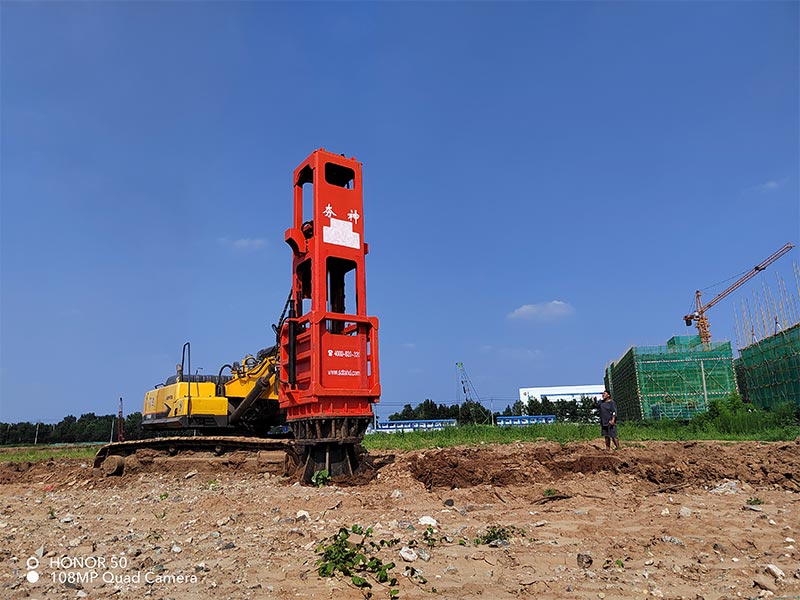
The RIC compactor is mounted on a excavator so that moving around the site is easy. The compactor consists of a 7.5-ton weight falling approximately 36 inches onto an anvil in contact with the ground at a rate of approximately 40-90 blows per minute thereby compacting approximately 800 sf of area per hour. Onboard diagnostics equipment allows the compaction effort to be stopped when optimum compaction has been achieved.

